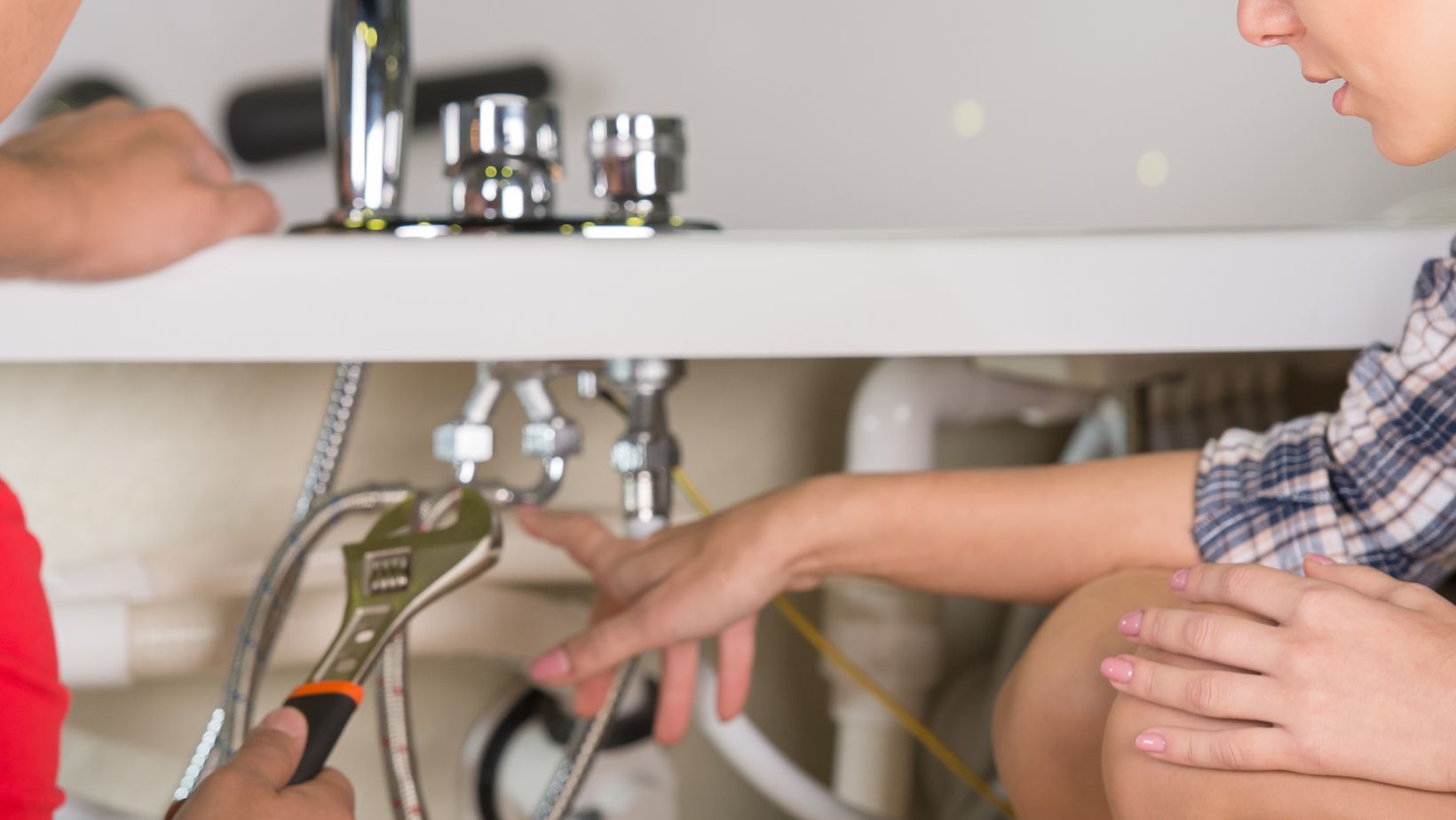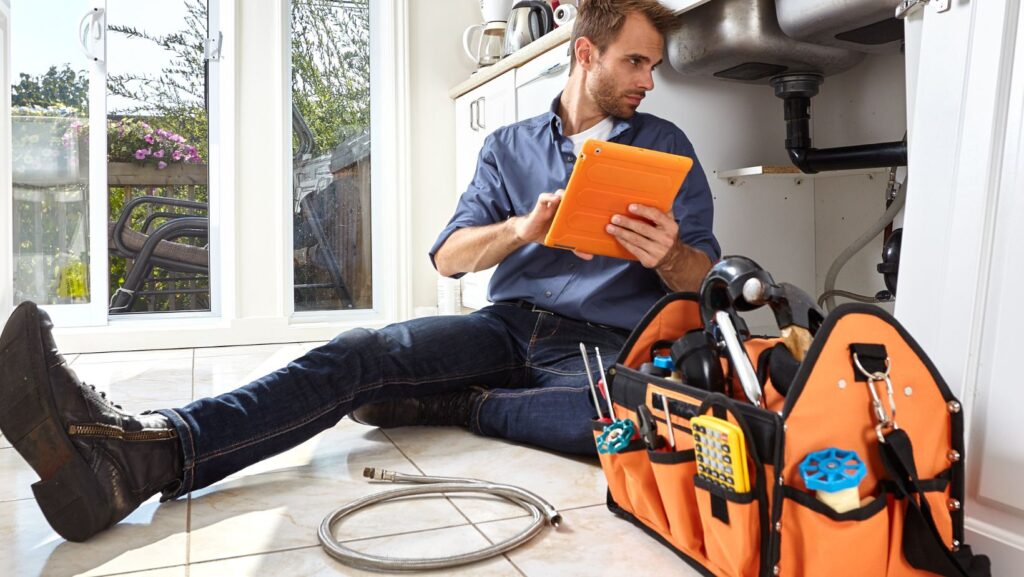When plumbing issues arise, the problem is often hidden deep underground or behind walls, making it difficult to assess without digging or guessing. Traditional methods of identifying sewer line problems relied heavily on trial and error, but technology has changed that. We will explore the value of sewer camera inspections and how they’ve become essential for diagnosing plumbing problems accurately and efficiently. These inspections involve feeding a waterproof, high-resolution camera into the sewer line to provide real-time visuals of its condition. For homeowners and property managers, this means less guesswork and faster, more targeted solutions. Sewer camera inspections uncover blockages, pipe damage, corrosion, or intrusion by tree roots that would otherwise go unnoticed until they become emergencies. This preventive tool helps with early detection and verifies the cause of recurring plumbing issues. The ability to inspect underground without digging saves time, money, and unnecessary damage to landscaping or flooring.
Contents
Table of Contents
ToggleSeeing Below the Surface Before It’s Too Late
-
Getting Ahead of Major Blockages Before They Escalate
Blockages in a sewer line don’t usually start as catastrophic backups. They begin subtly—sluggish drains, gurgling noises, or foul odors indicating trouble forming out of sight. These early symptoms are easy to dismiss until the system reaches a tipping point. Plumbers can see the problem clearly and directly with a sewer camera inspection. They insert a flexible rod with a camera on the end into the cleanout or main drain line, capturing live footage of everything within the pipes. This allows for precisely identifying issues like grease buildup, foreign objects, or debris accumulation. Unlike snaking or hydro-jetting alone, which treat symptoms, camera inspections reveal the cause of slow drainage. This information benefits older homes, where outdated piping materials may have weakened or corroded. Knowing where the problem lies helps avoid guesswork and wasted labor. Repairs become more effective based on accurate diagnostics rather than assumptions or temporary fixes.
-
Identifying Pipe Damage Without Excavation
One of the most valuable aspects of sewer camera inspections is the ability to detect structural damage within the pipeline without any digging. This includes cracked pipes, collapsed sections, misaligned joints, and infiltration by roots from nearby trees. These problems don’t just disrupt drainage—they often lead to significant water loss or sewage backups that create unsafe conditions for homeowners and tenants.

With high-definition visuals, plumbers can assess the severity and exact location of the damage. This minimizes the need for exploratory excavation, which is costly and disruptive. Once the issue is spotted on camera, the technician can mark the ground above the damage for targeted intervention. This approach preserves yards, sidewalks, or flooring and allows for smaller, quicker repairs. Whether replacing a section of pipe or sealing a small crack, working with direct footage ensures the repair matches the problem. Technology provides a more straightforward resolution path, saving time and stress.
-
Verifying Repairs and Locating Recurring Issues
Camera inspections are not just helpful in diagnosing initial problems—they’re also critical after repairs are completed. A post-repair inspection helps confirm that blockages have been fully cleared, pipes are correctly reconnected, and no new vulnerabilities have been introduced during the work. This is especially important in situations involving trenchless technology or internal pipe lining, where internal access is limited. Beyond verification, cameras help address recurring plumbing issues that don’t seem to go away. If homeowners experience repeated clogs in the same drain or consistent backups during heavy rain, a sewer camera inspection can provide insight into chronic problems. Issues like bellied pipes, which sag and collect waste, or offset joints caused by shifting soil may not be resolved entirely through routine cleaning. The video footage offers a real-world look at what’s happening beneath the surface. For property owners, these recordings also become valuable records that can support warranty claims or help with future maintenance planning. Technicians often use the camera’s footage to provide homeowners with a visual explanation of what needs fixing and why.
-
Helping Property Buyers and Sellers Make Informed Decisions
For those involved in a real estate transaction, sewer camera inspections offer peace of mind that few other inspections can match. Buyers often focus on roof condition, HVAC age, and cosmetic appeal—but the plumbing system is just as crucial especially the sewer line. Issues like root intrusion or collapsed pipes can cost thousands and may not show signs until long after the sale.

A video inspection before closing can alert buyers to hidden liabilities or justify price negotiations. Sellers can also benefit by offering proof that the sewer line is in good condition, speeding up the sales process and building buyer confidence. For landlords or property managers, routine inspections of shared lines between units prevent disputes and clarify maintenance responsibilities. These inspections are crucial in densely built neighborhoods or older districts, as shared municipal lines or aging infrastructure may contribute to slow drainage or backflow events. Professionals in sewer repair frequently use camera inspections to document damage and help homeowners understand why repairs are necessary and how to avoid future issues. In any ownership scenario, having visual proof is a game-changer for decision-making and financial planning.
Sewer camera inspections have changed the way plumbing problems are found and solved. Instead of relying on surface symptoms and assumptions, homeowners and property managers can now access clear, live footage of the issues at hand. This technology eliminates guesswork, leading to smarter, faster repairs that minimize disruption and cost. It supports routine maintenance, verifies the success of completed work, and offers potent insights into hidden or recurring problems. In real estate, it’s a valuable tool for buyers and sellers, allowing them to act confidently. Sewer lines may be hidden underground, but thanks to camera inspections, their condition is no longer a mystery. With more information comes more control—which protects homes, wallets, and long-term peace of mind.

